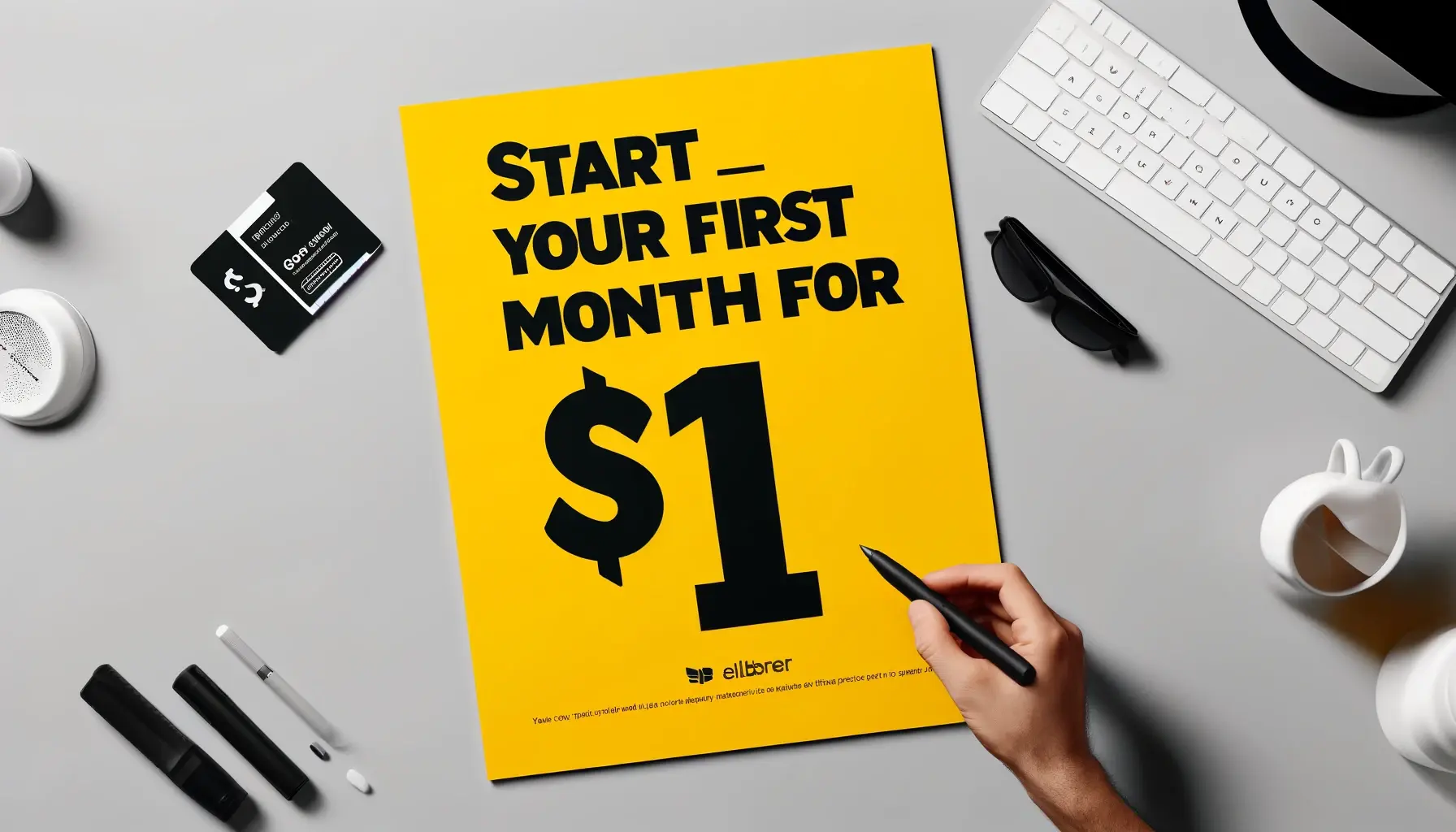
Amazon's evolution pushes SMBs to rethink marketing strategies, focusing on data-driven ad investment, brand building, and cross-channel engagement.
In 2025, Amazon is more than just a marketplace. It has become a full-fledged advertising and data platform that commands global attention, particularly from small and medium-sized businesses (SMBs) hoping to scale their reach and compete with established brands. But as Amazon tightens its ecosystem and expands its advertising products, it’s also forcing SMBS to rethink its entire marketing approach, from launching products to building long-term customer relationships.
The digital retail environment is shifting. Organic visibility is harder to win. Pay-per-click (PPC) ad costs are rising. Amazon now demands more strategy, more spend, and more creativity. For SMBS in the UK and around the world, this is both a challenge and an opportunity.
The Decline of Organic Reach on Amazon
Once upon a time, small sellers could list a product with a few well-placed keywords and see it climb the rankings organically. In 2025, that era is firmly behind us. Amazon’s A10 algorithm now gives far more weight to sales velocity, external traffic, customer retention, and ad performance. This means that even the best product with strong reviews and competitive pricing can struggle to gain visibility without a paid push.
For SMBs, this represents a shift in mindset. Amazon is no longer a level playing field where all sellers have equal chances of success. Instead, it rewards those who invest in full-funnel marketing, which includes not just Sponsored Products, but also brand storytelling, influencer collaboration, and external channel integration.
Ad Spend as a Core Business Investment
Amazon’s growing emphasis on paid visibility has led to an undeniable trend: advertising is no longer a cost—it’s a core investment. In the past, many SMBs treated advertising as a secondary activity. Now, it has become essential for survival.
In 2025, the average small to mid-sized Amazon seller spends between £2,000 and £8,000 per month on ads, depending on the product category and business model. This includes Sponsored Products, Sponsored Brands, Sponsored Display, and increasingly, video and display campaigns through Amazon DSP.
The pressure to increase ad budgets makes SMBs smarter about where and how they spend. Every click matters, and without a data-driven approach, it’s easy to see margins evaporate. Many are now turning to a professional Amazon Agency UK to manage their PPC strategy—ensuring better targeting, tighter budget control, and more substantial returns.
From Product Listings to Brand Building
Amazon has also shifted the narrative from selling products to building brands. This evolution has created both new expectations and new tools. Features like A+ Content, Amazon Storefronts, and Sponsored Brands video all enable sellers to tell stories, showcase their value propositions, and create a more immersive experience for customers.
However, using these tools effectively requires a branding mindset—something many SMBs have traditionally overlooked. It’s no longer enough to rely on keyword-stuffed titles and bullet points. In today’s marketplace, visual identity, tone of voice, and customer engagement all influence performance and ranking.
This branding focus is especially crucial for long-term growth. With Amazon owning the customer relationship, SMBs need to work harder to stand out and build recognition that goes beyond just one transaction.
The Rise of External Traffic and Attribution
Another major change shaping SMB marketing is Amazon’s push towards external traffic. Through tools like Amazon Attribution and the Brand Referral Bonus programme, Amazon is encouraging sellers to drive traffic from platforms like Google, Instagram, YouTube, and TikTok to their listings and Storefronts.
For small businesses used to operating solely within Amazon’s walls, this has required an entirely new skill set. External ads, influencer partnerships, and content marketing are no longer optional—they’re essential components of a modern Amazon strategy.
Fortunately, these tools come with rewards. Brands that send external traffic with Attribution tags not only gain insights into where their buyers come from but also receive a rebate on referral fees. It’s a rare win-win that allows SMBs to compete more effectively without stretching their budgets too far.
The Need for Cross-Channel Thinking
Amazon’s dominance doesn’t exist in a vacuum. In 2025, it’s part of a broader ecosystem of marketplaces, social platforms, and search engines. SMBs must think beyond Amazon while using it as a central sales engine to thrive.
That means syncing messaging across social media, using paid search ads to support product launches, and leveraging content marketing to establish authority in a product niche. Amazon might be where the sale happens, but the path that leads there starts far earlier—often on a completely different platform. If you want to sell house fast, understanding how to align your marketing strategy across channels is key to attracting the right buyers quickly and efficiently.
This new way of thinking blurs the lines between eCommerce, advertising, and branding. It forces smaller sellers to act like big brands, using tools once reserved for large enterprises to compete more equally.
Marketing Smarter, Not Louder
Amazon’s changes can feel overwhelming for many SMBs, especially those with limited time and resources. But this shift also offers a unique opportunity: to outsmart rather than outspend the competition.
Small businesses can still win by investing in data, optimising campaigns regularly, focusing on brand identity, and using the right tools. In 2025, the most successful sellers will embrace change, test new ideas, and constantly refine their approach based on performance.
Even modest budgets can produce great results in this environment if used strategically. And that’s where Amazon is genuinely changing the game: by demanding a more innovative, more mature approach to marketing from all sellers, regardless of size.
Final Thoughts
Amazon’s evolution is pushing SMBs to think and act like modern marketers. No longer can sellers rely on basic tactics and hope for results. Instead, success now depends on ad performance, external reach, brand strength, and data-backed decisions.
Was this news helpful?







 Yes, great stuff!
Yes, great stuff! I’m not sure
I’m not sure No, doesn’t relate
No, doesn’t relate



